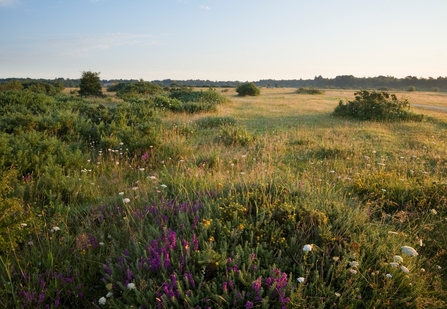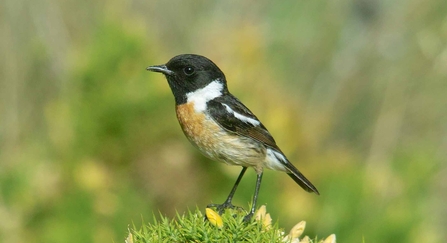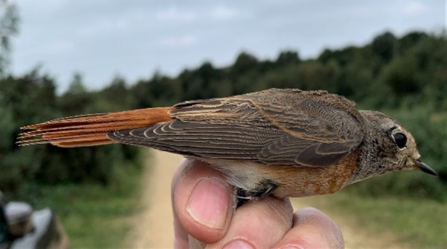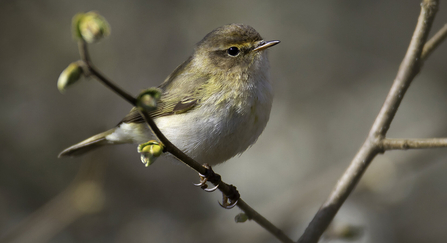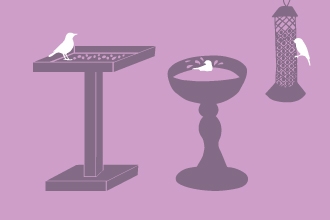I have lived around Newbury all my life. One of my earliest memories is of a visit to the western end of Greenham Common to see the “new” runaway being constructed, I think this would have been about 1950.
For most of that decade, living on the south side of Newbury, I wandered the fields, woods and heath remnants up to the perimeter fences of the USAF airbase watching the wildlife.
At school, my birding schoolteacher mentor Lew Lewis encouraged me to count/survey rather than just list species. As consequence I count every individual bird I can identify, usually on regularly walked routes through the areas I visit.


